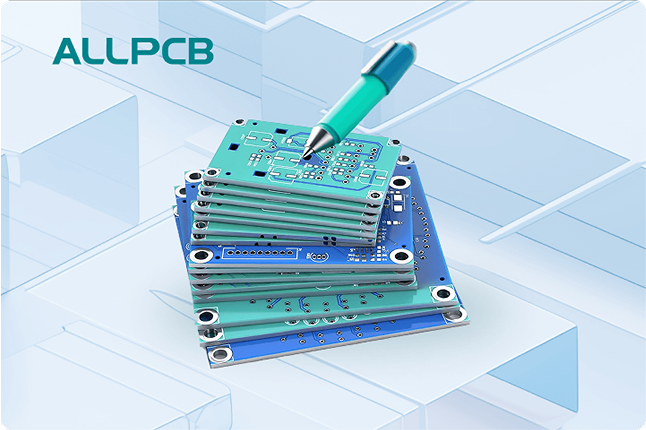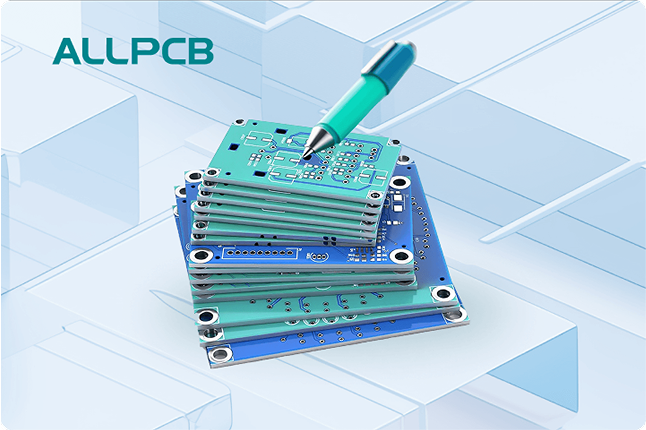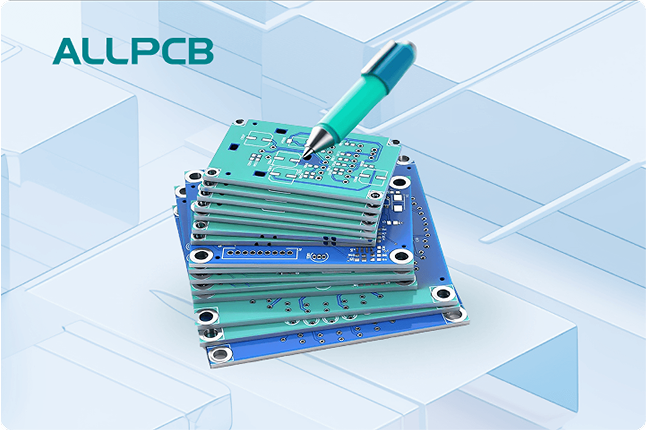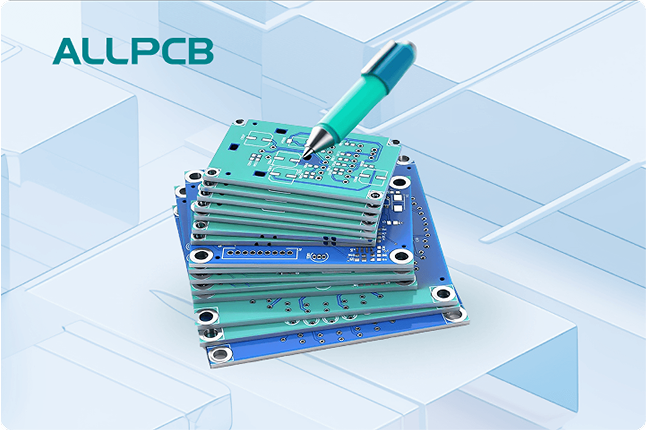In high-speed digital systems, signal integrity is one of the most critical aspects of PCB design. As data rates increase, even seemingly simple layout decisions can significantly impact performance, leading to problems such as data corruption, timing errors, and electromagnetic interference. This blog explores the core signal integrity issues encountered in high-speed PCB design and practical solutions to mitigate them.
What Is Signal Integrity?
Signal integrity refers to the quality and reliability of the electrical signals as they travel across traces on a PCB. A signal with "good integrity" maintains its expected shape, timing, and amplitude, ensuring the correct operation of the digital system. However, at high frequencies or fast edge rates, parasitic effects from the PCB and components can distort the signal, causing logic errors or even system failure.
Common Signal Integrity Issues
1. Reflections
Reflections occur when a signal encounters an impedance mismatch along its transmission path — for instance, at a via, connector, or change in trace width. This results in part of the signal bouncing back toward the source, creating overshoot, undershoot, or ringing.
Solution:
- Match the trace impedance to the source and load (typically 50Ω for single-ended, 100Ω for differential).
- Use series termination resistors near the driver.
- Avoid sudden changes in trace width or geometry.
2. Crosstalk
Crosstalk is an unwanted coupling between adjacent signal traces, causing a signal on one trace (the aggressor) to induce noise on a neighboring trace (the victim). It becomes worse with high-speed signals and tightly packed routing.
Solution:
- Maintain sufficient spacing between high-speed signal lines (at least 3W spacing, where W = trace width).
- Use ground planes and tightly coupled reference layers.
- Route critical signals orthogonally on adjacent layers to reduce broadside coupling.
Crosstalk is of two types; vertical and horizontal. Vertical crosstalk is caused by signals on the other layers or inter-layers, while signals on the same layer or intra-layer are responsible for horizontal crosstalk.
Note: the maximum crosstalk value is the difference between the expected voltage at the receiver and the receiver threshold.
3. Ground Bounce and Power Integrity Issues
Fast-switching outputs can cause transient current spikes through the return path, especially in shared ground or power paths. This can raise the local ground potential, affecting other signals — a phenomenon known as ground bounce.
Solution:
- Provide solid, low-impedance ground planes.
- Use decoupling capacitors close to each IC power pin.
- Implement power and ground via stitching near high-speed signals.
4. Signal Skew
In differential signaling (e.g., USB, HDMI, LVDS), skew refers to the timing mismatch between the positive and negative components of a signal pair. Excessive skew can lead to timing errors and degraded signal quality.
Solution:
- Route differential pairs together with consistent spacing and length matching.
- Avoid unnecessary vias or changes in layer transitions.
- Match trace lengths within ±5 mils for most high-speed protocols.
5. Losses (Attenuation and Dispersion)
At higher frequencies (e.g., >1 GHz), PCB materials and trace geometry start to introduce attenuation and dispersion. These effects reduce signal amplitude and distort waveforms over long traces.
Solution:
Choose low-loss PCB materials (e.g., Rogers, Panasonic Megtron, or ITEQ IT-180A) for high-speed signals.
Limit trace length, especially for critical clocks or serial lines.
Use wider traces or differential routing to minimize insertion loss.
Best Practices for High-Speed Signal Integrity
1.Controlled Impedance Design
Use the PCB impedance calculator or stack-up planning tools (e.g., Polar Si9000) to define trace dimensions and layer stack-ups for controlled impedance routing.
2.Solid Reference Planes
Every high-speed signal should have a continuous ground return path. Avoid cutting reference planes or crossing split planes.
3. Minimize Layer Transitions
Each via adds inductance and discontinuities. Limit the use of vias in high-speed paths or use back-drilling to reduce stub effects.
4. Use Simulation Tools
Signal Integrity simulation tools such as HyperLynx, Ansys SIwave, or Keysight ADS can help analyze reflections, eye diagrams, and timing margins before fabrication.
5. Design for EMI Compliance
Poor SI often leads to poor EMI. Use proper shielding, ground stitching vias, and filter components to ensure compliance with regulatory standards.
Conclusion
Signal integrity is no longer an optional concern — it is a critical element of modern high-speed PCB design. As clock frequencies and data rates continue to rise, ensuring that signals reach their destination cleanly and on time requires thoughtful planning, precise layout, and a solid understanding of electromagnetic behavior on the board.
By proactively addressing issues like reflections, crosstalk, and skew, and by applying sound design techniques, engineers can build robust, high-performance systems that are reliable and compliant with industry standards.
 ALLPCB
ALLPCB







